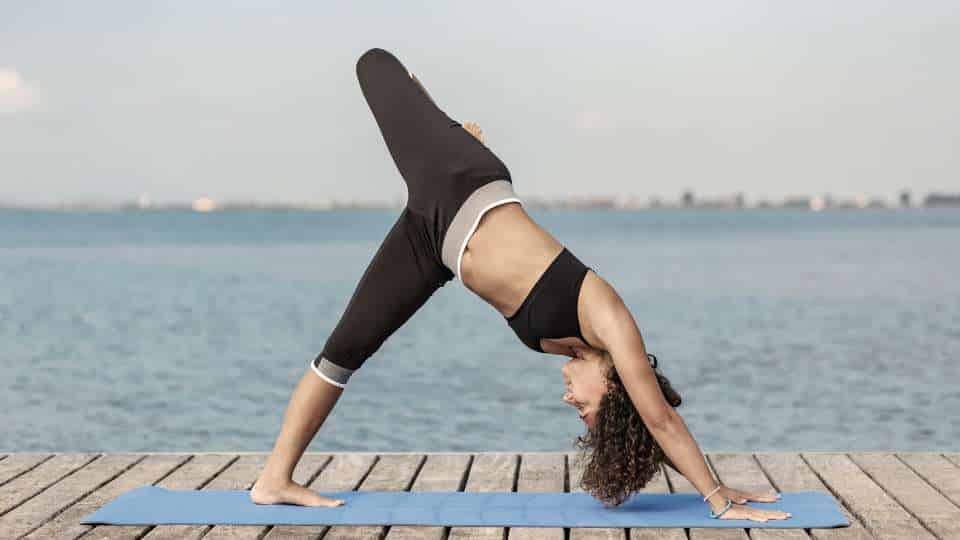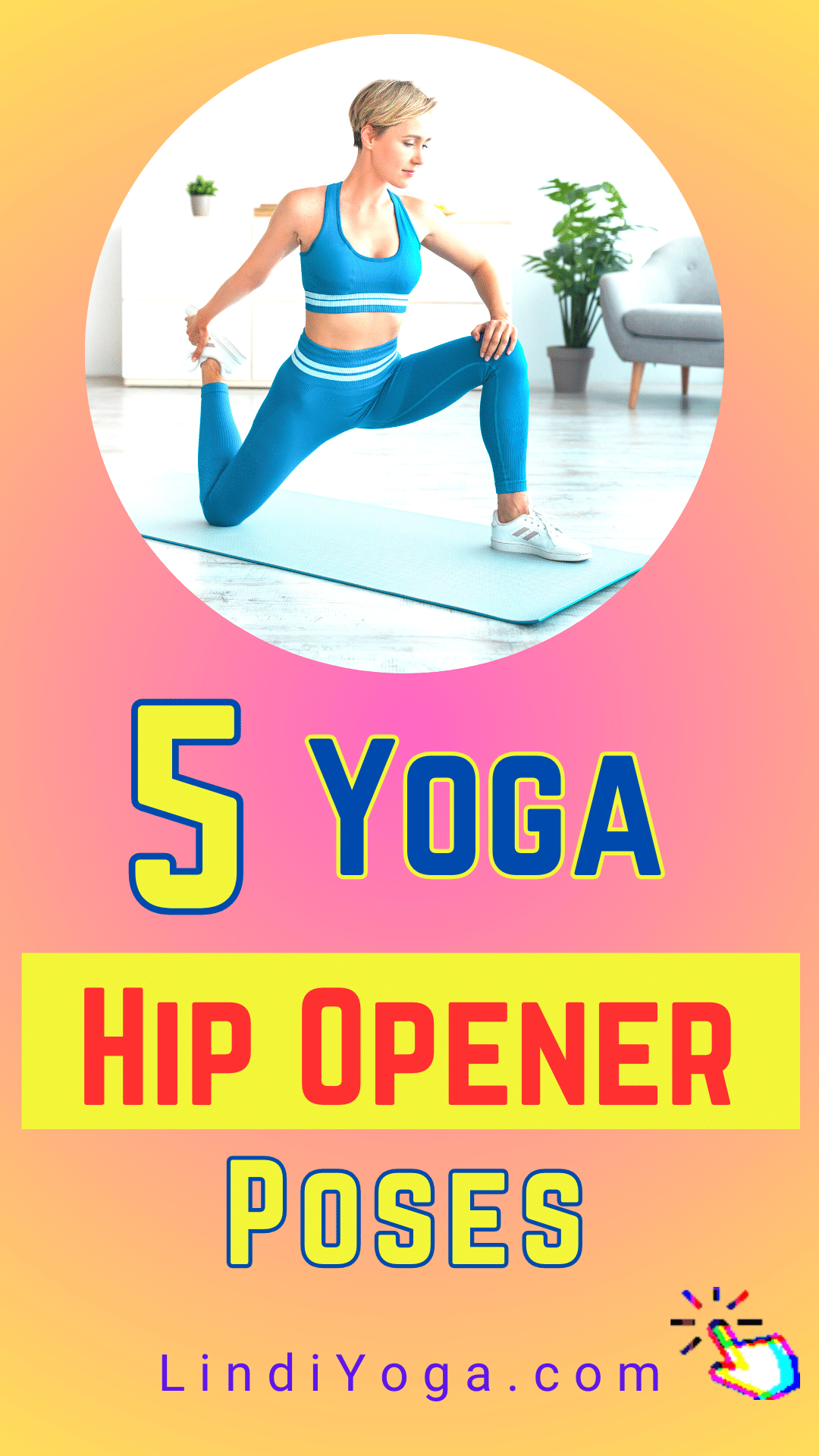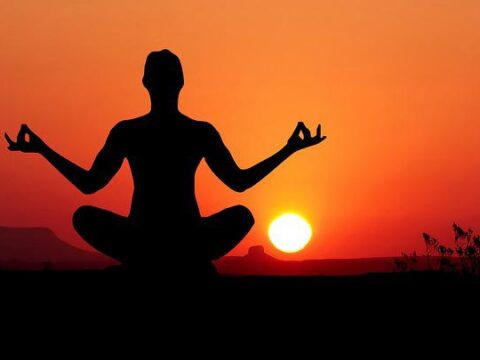If you have tight hips, you may not notice until you are doing a yoga pose that requires a lot of hip movement. For some people, tight hips can be a daily problem, making it hard to walk or even get into bed. If your hips are tight, it may also slow you down if you are trying to jog or run.
If you’re wondering if your hip muscles are overworked and in need of a stretch, simply stand up and look down at your feet. If your toes are pointing outward instead of ahead, then your hips are probably tight.
A common issue people have are tight hips. The hip flexors and rotators become tight, and the gluteal muscles become weak for people who sit a long time at work.
This combination causes problems with ability to walk, posture, and the stability of our spine. In 2017, a study published in The Journal of the American Academy of Orthopaedic Surgeons found that hip joint injuries account for about 6% of all sports injuries—and they’re becoming more common each year.
Tight hips are a common problem. People lose range of motion in their hips when they don’t move regularly in all directions, she says. There are several easy yoga poses that work all four primary directions of hip movement. Modifications can be made for all levels.
Podcast
What are Hip Opening Yoga Poses?
What Is A Hip Opening?
The hip opener is one of the basic poses in yoga, and it involves lifting the leg, stretching the hip muscles, and opening the leg up towards the sky.
Many different variations exist for the hip opener, such as the Warrior I, the Cow, and the Seated Wide Angle Hip Opener.
The hip opener is one of the most basic poses in yoga, and you can use it to get warmed up before doing other poses. While it is important to warm up properly before doing any other poses, the hip opener is especially important because it helps to open the hip area and prepare it for deeper stretches.

Anatomy of the Hip Bones
The hip bones are two large bones that sit in the pelvic cavity of the body. They are situated right beneath the groin area. The muscles that surround the hip bones are called the hip flexors, which provide support and mobility to the hip joint.
The human body has three main joints: the knee, shoulder, and the hip. The hip joint is located on the front of the body between the pelvis and the thigh bone. The pelvis is shaped like a bowl and acts as a protective covering for the hip.
It consists of three large bones and three small bones. The large bones of the pelvis are the sacrum and the ilium. The small bones are the femur and the acetabulum. Together, these bones form a ball and socket joint.
The ball part of the hip joint is called the femoral head. This head is composed of soft cartilage. This is why it is also called a “ball and socket joint.” The socket part of the hip joint is the acetabulum. This part is made of hard bone and cartilage and it is lined with a smooth surface.
The muscles that act around the hip joint are the hip flexors, which provide support and mobility to the joint. These muscles include the iliacus muscle, the psoas major muscle, and the rectus femoris muscle.
The two hip bones meet in the middle of the back, called the pubic symphysis. Here the bones of the pelvis join together. The upper part of the pubic symphysis is composed of two bones, the ischium and the ilium.
Below the pubic symphysis are three more bones: the pubis, the superior ramus, and the inferior ramus. The two sides of the pubic symphysis are known as the iliac crests.
These are the two hip bones and the pubic symphysis. The bone structure of the hip joint is quite complex. It is composed of different parts that move separately and together to create the motion of the hip joint.
The hip joint allows for the full range of movement and enables the hip muscles to perform various functions. During walking, the hip joint allows for the transfer of weight from the leg to the foot and back to the leg. The hip also allows for movement and rotation of the thigh and the leg.
The hip joint is a common location for hip fractures, such as those associated with osteoporosis. Hip fractures are among the most severe injuries that a person can experience. They may lead to long-term disability or even death.
First, let’s take a look at what exactly your hip muscles are.

Your Hip Muscles
Your hip muscles are made up of several different muscles that all work together to perform various movements. The following are the main muscles that you should focus on when performing these exercises.
Quadriceps
The quadriceps are the muscles that make up your thigh. They help your legs move forward and backward, and they are also responsible for straightening your leg.
Glutes
The glutes are the muscles that make up your buttocks. These muscles are involved in moving your legs and helping you stand.
Hip Flexor
Your hip flexor is the muscle that helps you to bend your knees. It’s also the muscle that helps you to stretch out your hamstrings and lower back.
Abdominals
Your abdominal muscles are made up of a group of muscles that run all the way down your torso. They are responsible for helping you to stay strong and balanced.
Yoga hip openers will target one or more of the following muscle groups: the iliacus, psoas, rectus femoris, sartorius, and tensor fasciae latae. For a balanced practice and for the most effective approach to releasing tight hip muscles, choose poses that stretch the muscles of each group.
Tips when Using Hip Openers in Yoga
As a beginner, you may feel confused and unsure of what exactly you should do when performing hip openers in yoga. There are many different variations of hip openers used in yoga, and you should know what they are before trying them out.
What Are The Main Benefits of Using Hip Openers in Yoga?
In order to fully enjoy the benefits of the hip opener, you need to practice it correctly. You may notice that you are performing the pose in the wrong position, or that you are not stretching the right muscles.
By practicing the hip opener correctly, you will increase your flexibility, build stronger hip muscles, and get ready for more challenging poses.
It is also important to perform the hip opener correctly, because doing the pose incorrectly may put your body in a vulnerable position. For example, if you lift your leg higher than normal, or bend it at an extreme angle, you may end up pulling on your knee, which can lead to serious injury.
If you are new to yoga, you should always take lessons and train under a teacher. This will ensure that you are performing the pose correctly, and it will also allow you to receive personal feedback if you have any questions or concerns.

5 Hip-Opening Yoga Poses to Help Stretch and Strengthen Tight Hips
Attempt to do some of these gratifying stretches a few days each week, and you’ll rapidly observe a considerable distinction in how your hips feel!




